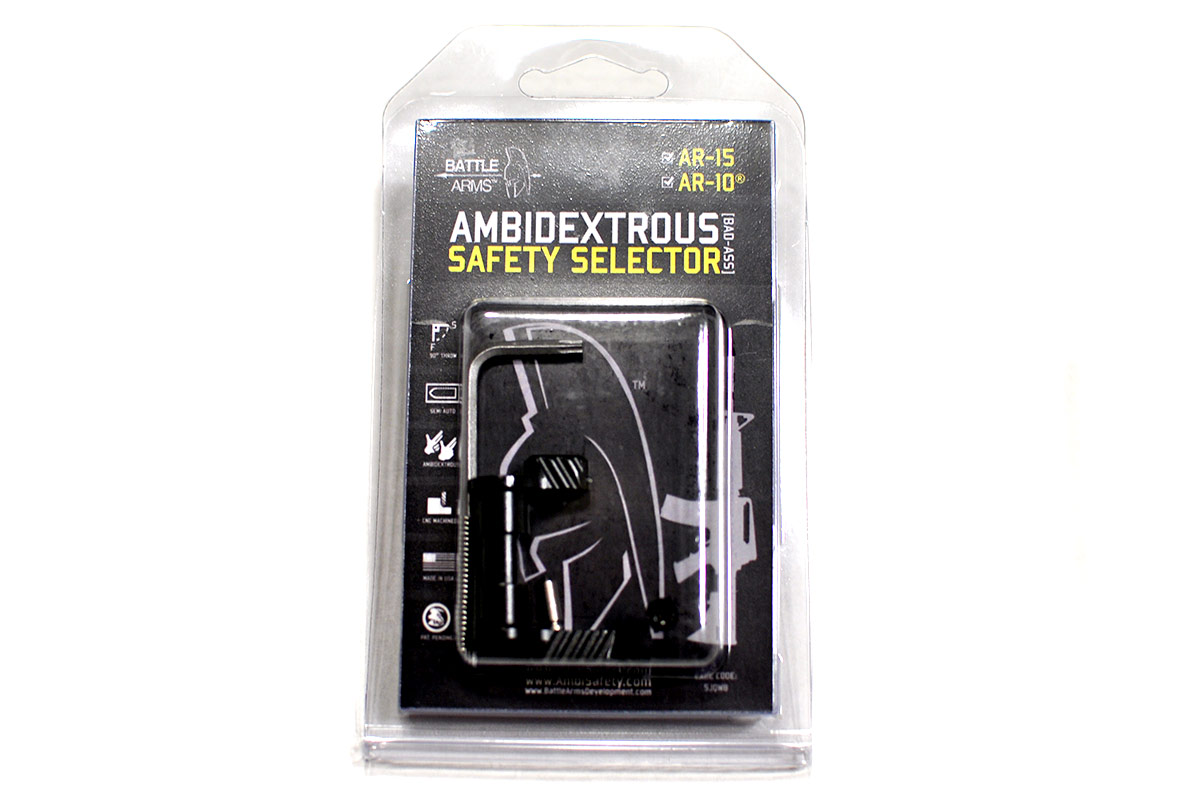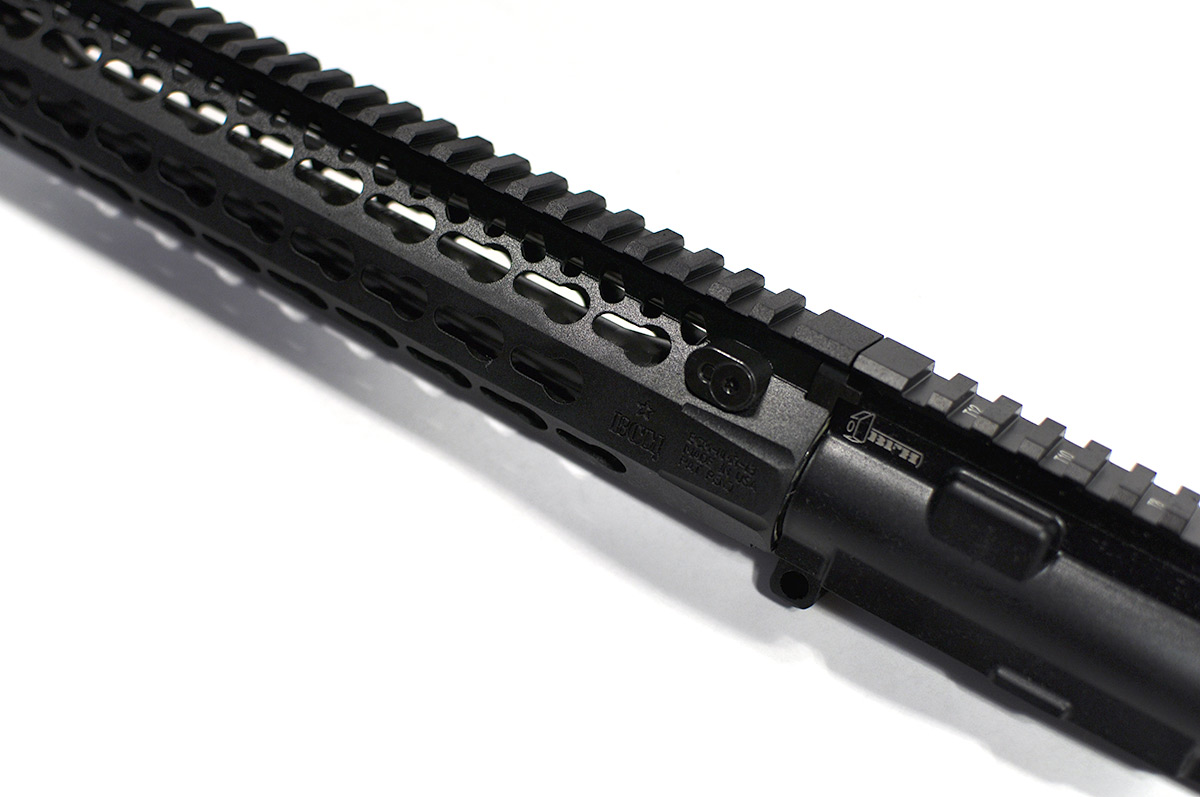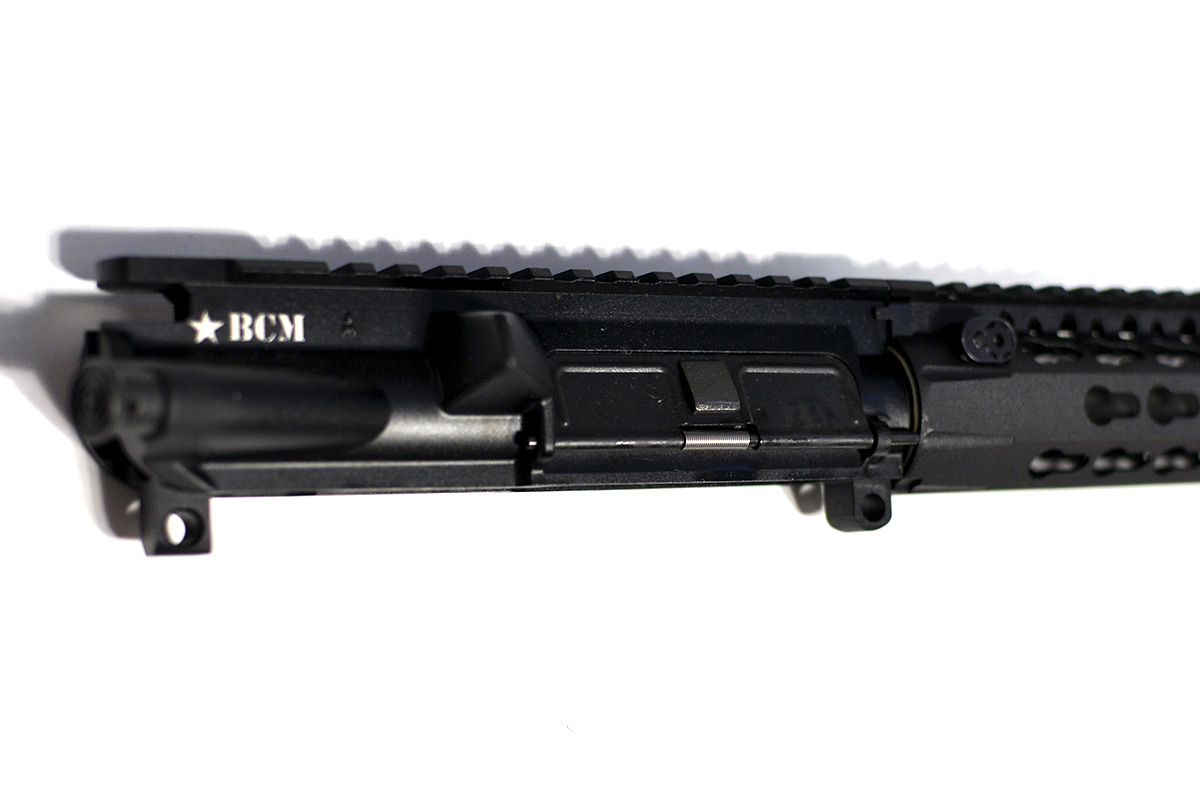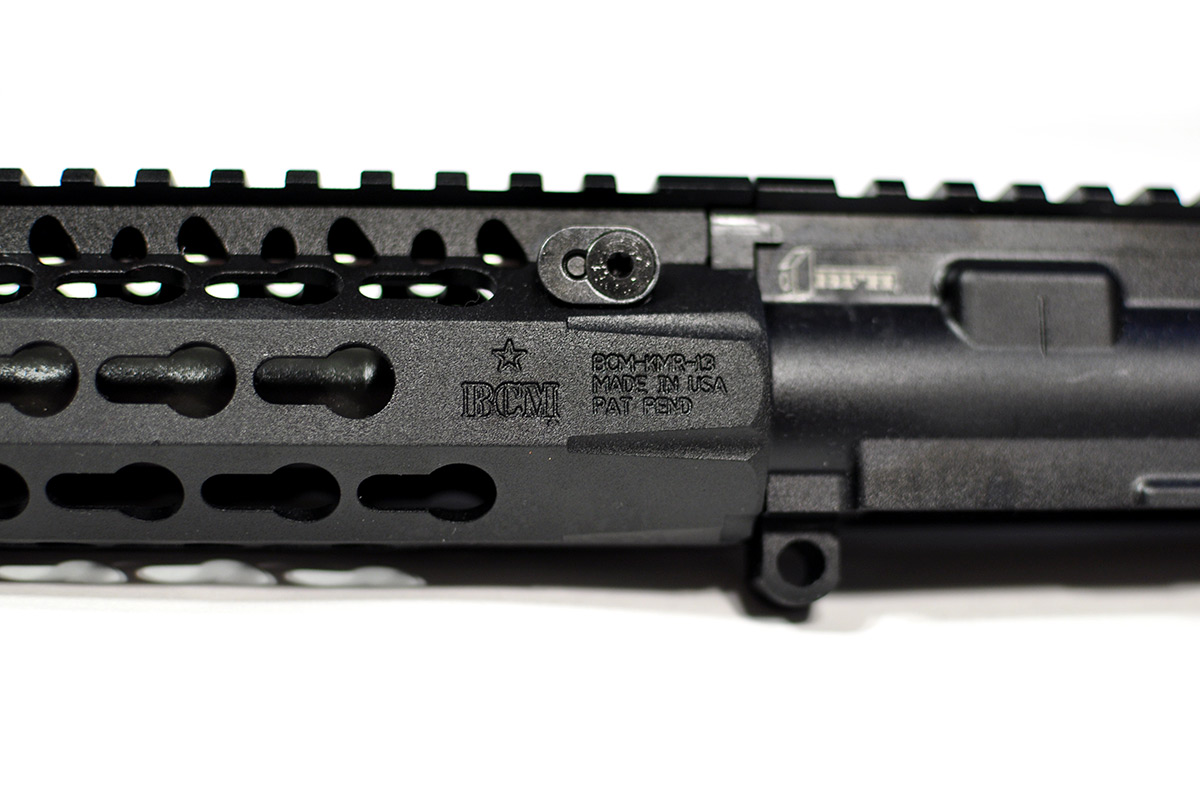I recently had the opportunity to help a friend with an AR-15 that he had pieced together, and then had a gunsmith “finish off”. The gunsmith put the upper assembly together and finished off the lower assembly.
After taking it to the range, the thing wouldn’t cycle; occasionally it would get through 2 rounds, but the bolt would rarely pick up the next round and it would barely eject the spent case. A typical under-gassed issue, so I initially thought…
The typical causes of an under-gassed AR are:
- Gas Port / Gas Block Alignment
- Loose / Damaged Carrier Key
- Damaged / Missing Bolt Gas Rings
- Dirty or Over Lubricated Operating System
- Bad or Low Powered Ammunition
So first things first, we checked out the bolt carrier, and made sure the carrier key was installed correctly and the screws were tight and staked correctly. Then we checked out the bolt assembly and made sure it was nice and clean and the rings were not damaged. Then we tried firing the rifle again, and got the same results. So then we removed the rail assembly, and the gas block. The gas block was partially covering the gas port on the barrel, it was not completely off, but it definitely wasn’t installed perfectly. After correcting that, we went and tried shooting the rifle again… we had the same results. So we got some samples of ammunition; Winchester, some “hot” reloads, and any other rounds we could find and still, they all exhibited the same issues.
Well what do you check next? Well, everything! We took the gun apart, completely, checking to make sure everything, even unrelated parts were correct, clean and in 100% working order.
After getting the rifle torn down, we noticed the rifle had a rifle length stock, buffer and a carbine length spring (but it was on the long end). So, the next step was to get a new spring, the correct rifle length spring.
If you don’t know, there are rifle length springs and buffers and carbine length springs and buffers. The springs are similar in length, but the rifle length springs should be about 1.5-2″ longer. It’s not a lot, but it makes all the difference in the world.
Once we got a new rifle spring, everything started running like a Swiss watch, nice and smooth! The issue, I think, was that with the lighter spring the bolt carrier was able to slide back too easily, causing the system to off-gas too quickly and causing short-stroking and feeling like an under-gassed rifle.
So my gunsmithing checklist for an under gassed (or seemingly so) rifle, now includes verifying the buffer and buffer spring are correct (something that is generally a good idea with any malfunctioning AR rifle).
My (more) complete list of things to check for a short-stroking and/or under-gassed AR:
- Correct Buffer / Buffer Spring (carbine or rifle)
- Gas Port / Gas Block Alignment
- Loose / Damaged Carrier Key
- Damaged / Missing Bolt Gas Rings
- Dirty or Over Lubricated Operating System
- Bad or Low Powered Ammunition























